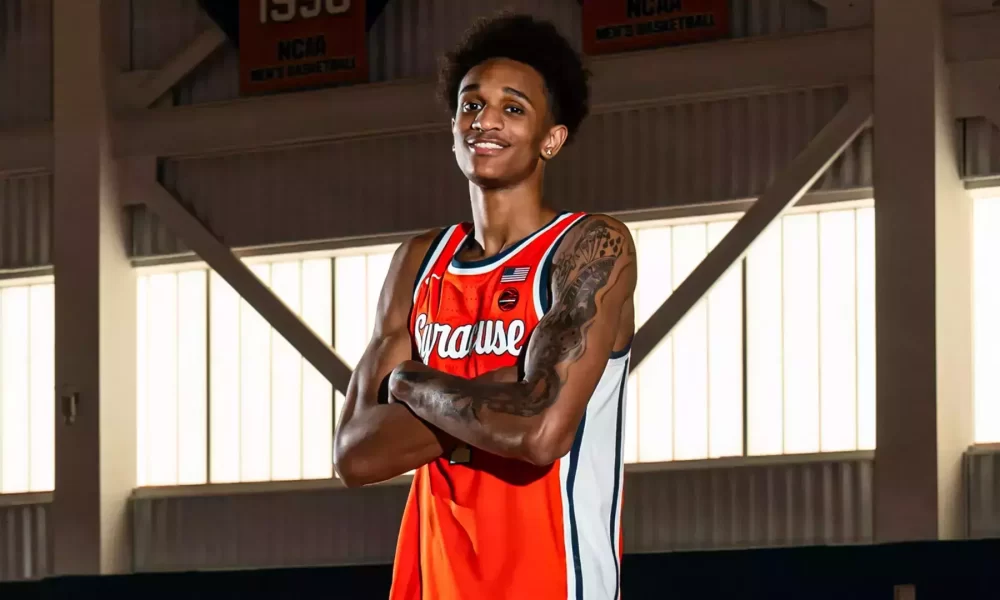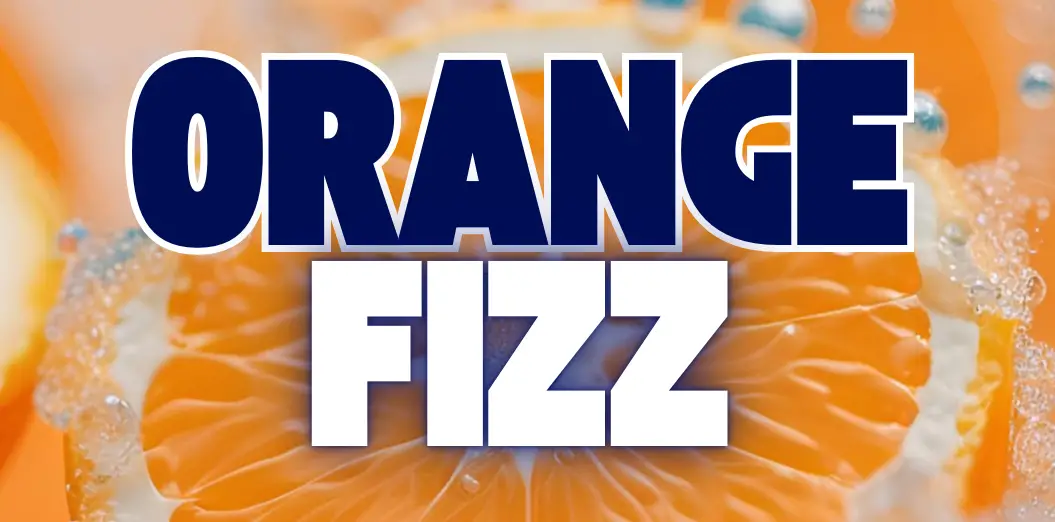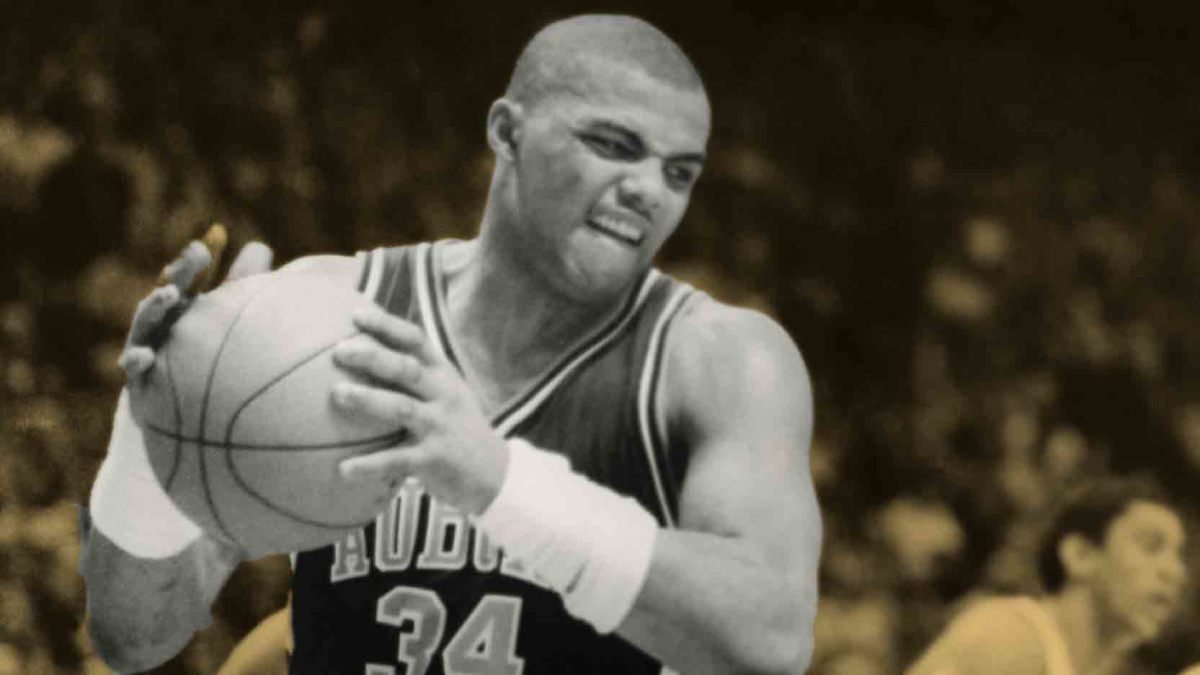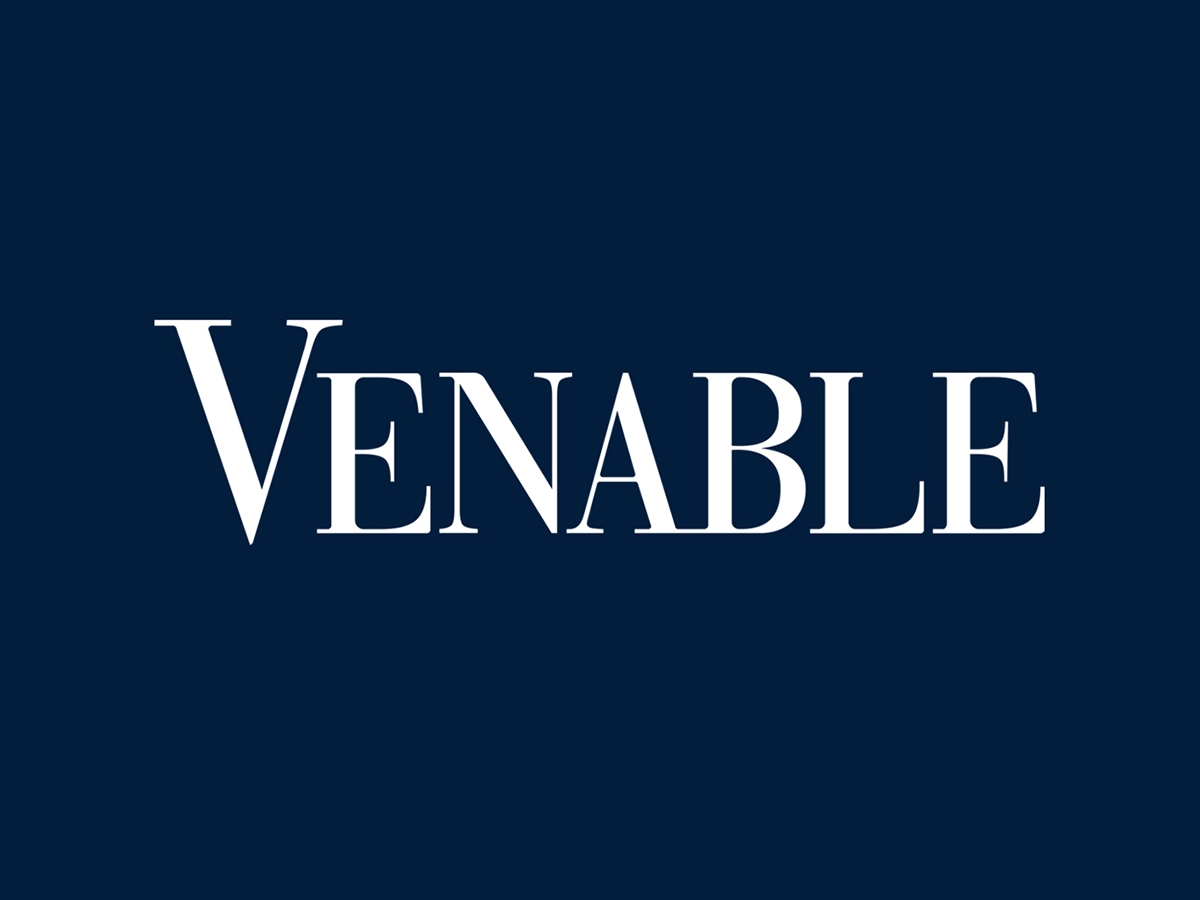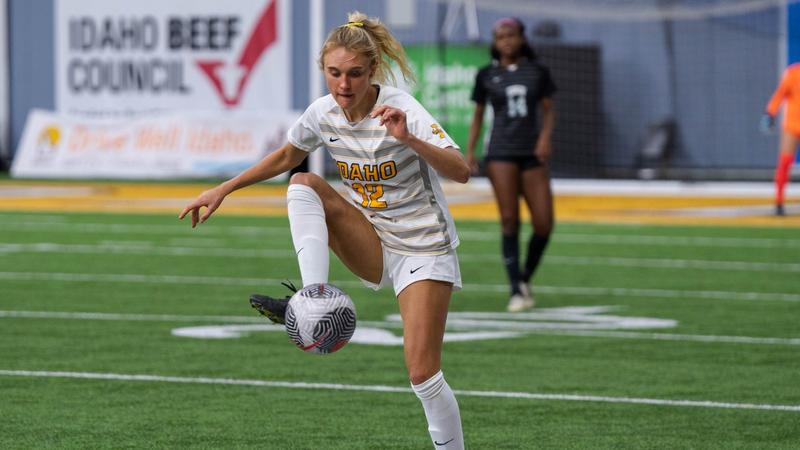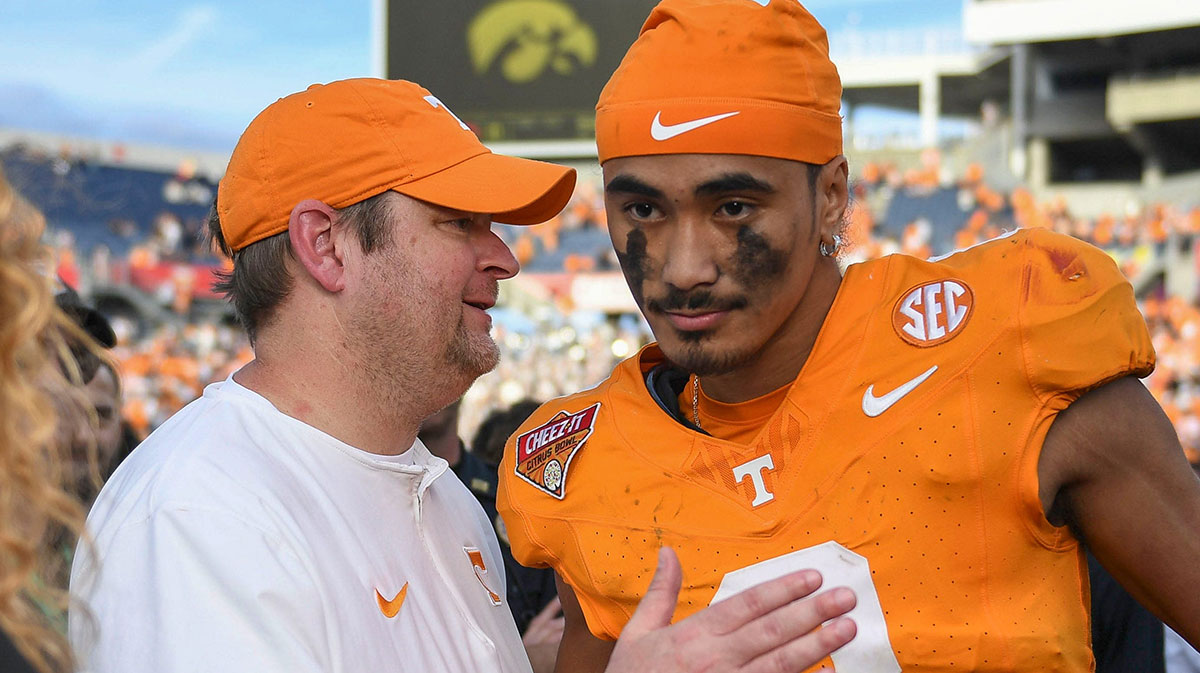The rules for college sports have changed a lot. Athletes used to have to wait until they turned pro to make money off of their fame. Now, they’re making money before they even get to campus.
High school athletes, especially top basketball and football recruits, are becoming very valuable marketing tools thanks to NIL (Name, Image, and Likeness) rights. As the world of college sports changes, these young stars are trying to figure out a complicated new system where fame, money, and athletic promise all come together. NIL deals give young athletes a way to start their own businesses, build their brands, and become financially independent, just like https://casinosanalyzer.com/low-deposits/10-dollar-deposit-casino make it easier to get into online gaming.
NIL 101: A Marketplace That Moves Quickly
The NCAA put in place temporary NIL rules in June 2021 that let student-athletes make money from their own brand without losing their eligibility. Since then, the doors have opened wide. Players are getting paid to endorse products, appear in commercials, run social media campaigns, and even start their own lines of products.
The NIL space has grown quickly, and new players have come into the game:
- NIL collectives are groups of schools that pool donor money to get the best players.
- Marketing agents: experts at building athlete brands.
- Digital platforms help brands and athletes work together on short-term marketing deals.
It’s now common for high school stars, especially those from big states like Texas, Florida, and California, to think about NIL offers when they are making their college decisions.
Things have changed in the recruiting game.
Relationships and fit have always been important in college recruiting, but NIL has added a new, disruptive factor: financial leverage.
Soccer
It’s not uncommon for 5-star quarterbacks and skill position players to sign NIL deals worth six or seven figures. Top programs now try to get players to come to them not only by offering training facilities or a history of winning championships, but also by having clear NIL plans. Schools like Alabama, Texas, USC, and Ohio State have become big players in NIL because they have a lot of alumni and institutional resources.
Basketball players, especially those with a lot of followers on social media or highlight reels that go viral, are in a great position to benefit. A single high school dunk video can get millions of views, which is great for sponsors. Programs with a lot of guards and coaching staffs that know how to use the media are now attracting talent in part through NIL ecosystems that focus on media exposure.
From flashy deals to long-lasting branding
Smart athletes aren’t just thinking about how much money they’ll make; they’re also thinking about how long their brand will last. NIL is speeding up the process of making teenage athletes professionals. Players are learning how to:
- Make your own websites and lines of merchandise
- Make money from your TikTok, Instagram, and YouTube videos
- Work with brands from your area and across the country
- Get legal help when you negotiate contracts.
To improve their public image, some athletes are starting foundations or working with nonprofits. It’s like going into a business incubator that teaches college students how to handle money, public relations, and brand equity.
Effects on the culture of the team and the locker rooms
NIL is good for individuals, but it also makes people wonder about how teams work. Will players get angry if one makes $500,000 and the other makes nothing? Can coaches keep their egos in check?
So far, the results are different. Some teams say that morale has gone up because the athletes feel more secure in their finances and more in control. Some people are worried about broken locker rooms and the loss of a team-first culture. Programs that have strong leaders and teach NIL tend to do a better job of balancing these factors.
Schools like Clemson and Michigan have added NIL education modules that teach students about taxes, contracts, and how to be financially responsible. Coaches are taking on more and more of the CEO role, not only helping athletes get better, but also helping them build their professional brands.
Making things fair—or making the gap bigger?
Some people say that NIL could make the gap between top-tier and mid-major programs even bigger. Wealthy schools can put more money into NIL infrastructure, which makes it harder for smaller programs to get top talent.
Others think that NIL makes things fairer by letting lesser-known schools’ underdog athletes build niche followings. A great wide receiver at a small college could become a regional star by working with local businesses. In the same way, a point guard with a charming online personality can make money from a loyal digital fanbase without ever playing on national TV.
High School Athletes as Brand Builders
One of the most noticeable changes is how early this process starts now. Even 15- or 16-year-old athletes are creating professional images:
- Carefully choosing what to post on social media
- Working together with media outlets in high school
- Putting up highlight reels that look like movies
- Going to NIL education camps and meetings
Parents, high school coaches, and even personal managers are now involved in making decisions. This early start helps players learn about the business side of sports, but it also puts a lot of pressure and attention on them.
The Gray Areas of Law and Morality
Some states let high school athletes sign NIL deals, but others don’t. This makes for a patchwork system that can be confusing, lead to legal problems, and be unfair.
There are still worries about exploitation, though. Are teens ready to sign contracts with big brands that last for years? Who keeps them safe from bad deals? Regulatory frameworks are still catching up, and as lawsuits happen, the situation will probably change again in the next few years.
Looking Ahead: NIL’s Effects in the Future
NIL isn’t going anywhere, and it will have a bigger impact on college sports in the future. We can expect the following in the near future:
- More technology will be used in NIL deal marketplaces.
- Better data analysis to figure out how much an athlete is worth as a marketer
- AI-generated brand profiles to help athletes find sponsors
- Digital branding opportunities with NFTs and metaverse tie-ins
People who see NIL not as a way to make money but as a way to invest in their own and others’ growth will be the real winners.
Last Thoughts
High school stars are no longer just prospects; they’re becoming businesses, with highlight reels and sponsorship deals. NIL has changed how schools recruit players, raised the bar, and turned college campuses into marketing centers. As players go from phenoms to legends, they are no longer just trying to win trophies; they are also trying to build a legacy, make money, and make a difference.
NIL deals give young athletes a chance to try out being an entrepreneur, just like $10 deposit casinos give casual gamers a simple way to get started. These deals open doors that were closed just a few years ago.
There is now a new playbook for the journey from prep star to campus icon. And for athletes who have the right skills, timing, and vision, the game has never looked better.

